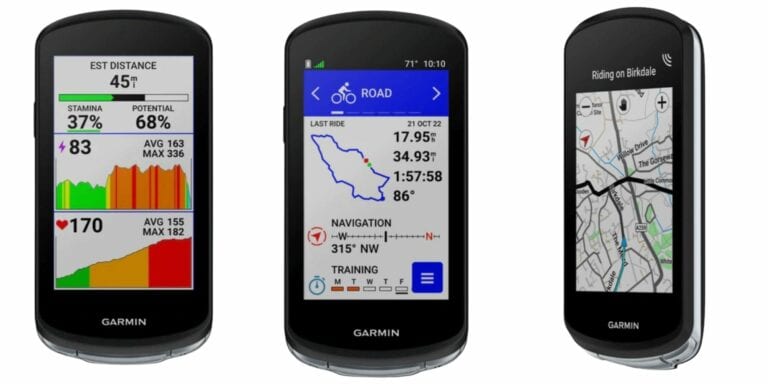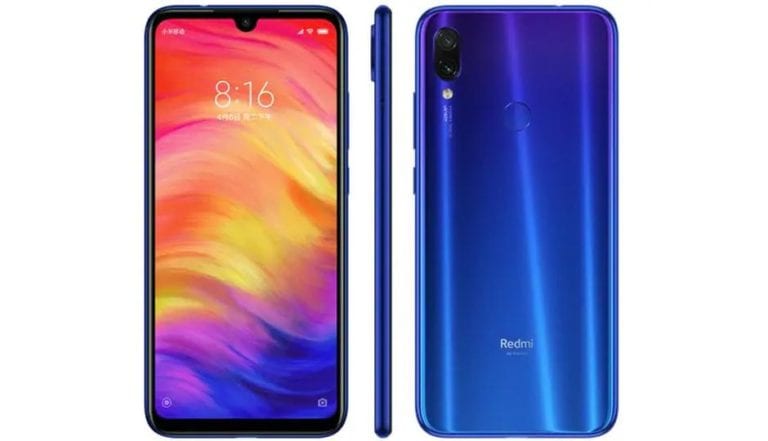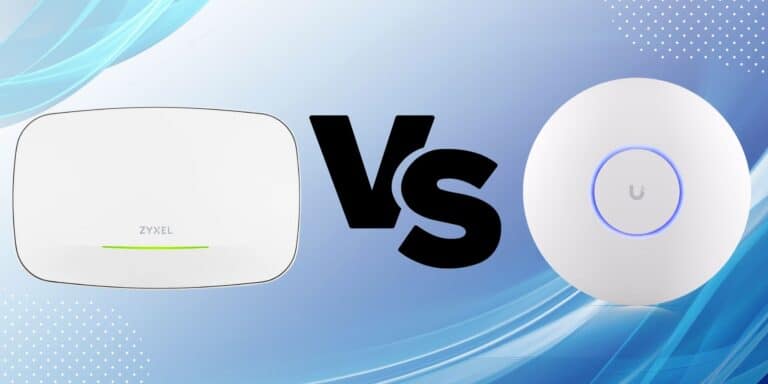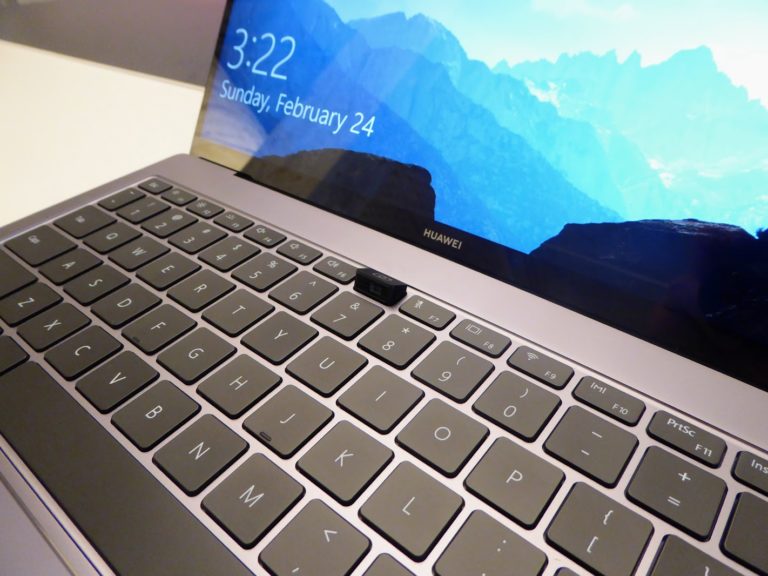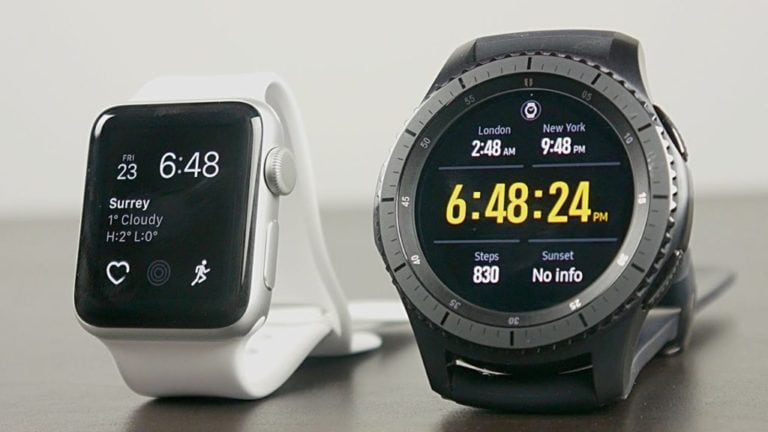Any links to online stores should be assumed to be affiliates. The company or PR agency provides all or most review samples. They have no control over my content, and I provide my honest opinion.
Xiaomi launched the Redmi K20 earlier this week, which will launch in the UK as the Xiaomi Mi 9T and India as the Pocophone F2. The K20 Pro features a Snapdragon 855 but the standard model has the latest upper-midrange chipset from Qualcomm, the Snapdragon 730.
The chipset is so new that there are currenlty only 2 phones announced using it. So how do they compare?
Snapdragon 730 vs Snapdragon 730G
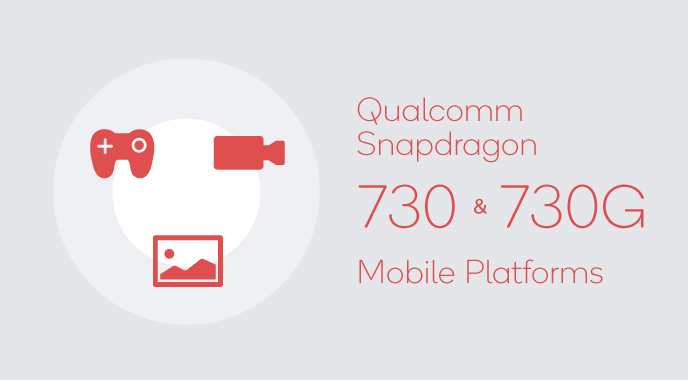
Technically, these phones are not like for like with their chipset. The Galaxy A80 sits a notch above the K20 as it uses the Snapdragon 730G. According to Qualcomm this G variant brings select Snapdragon Elite Gaming features and an additional 15% graphics boost over Snapdragon 730 for a more powerful gaming experience.
The official specs of the two chipsets don’t appear to differentiate, they use the same GPU and have the same clocked CPUs. It is likely that there have been some tweaks to the Adreno 618 GPU such as increased clocks, which are not listed.
The Antutu benchmarks don’t reveal that much of a difference between the two versions:
| Chipset | CPU | GPU | UX | Memory | Overall |
| SD730G | 86915 | 66398 | 59023 | 10202 | 222538 |
| SD730 | 82585 | 63878 | 55119 | 11531 | 213113 |
Price
There is a big difference in price, Samsung charges a premium for their phones. There is no official UK pricing yet, but expect to pay around £300 for the Redmi K20 and closer to £600 for the Samsung.
Is the Samsung Galaxy A80 £300+ better?

Probably not. I love the A80 design and it will no doubt sell amazingly well, Samsung have great software so will likely have other advantages than just hardware specs. For example, their software probably does a better job with the 48 MP than the Xiaomi.
The Samsung also has that amazing slide and flip camera and it is certainly a design feature that will attract buyers, compared to people that are just concerned with spec and price.
The main advantages the A80 has are:
- Better chipset with the SD730G
- Base RAM of 8GB
- Base storage of 128GB
- Rear & front camera are identical so vastly superior selfies (48MP, 8MP, TOF vs 20MP)
- Larger 6.7-inch screen with a higher resolution of 1080 x 2400 pixels giving an aspect ratio of 20:9
- Faster charging 25W vs 18W
If you were to buy the 8GB/128GB version of the K20 then the price gap will reduce, but it is still going to be large.
What advantages to the Redmi K20 have?
- Arguably a nicer form factor with a 6.39-inch display
- Gorilla Glass 6 vs 3
- 30g lighter
- A triple rear lens with an 8MP telephoto and 13MP ultra wide. The Samsung has just 8MP ultrawide and then a TOF depth sensor
- 3.5mm headphone jack with 24-bit/192kHz audio
- Larger 4000mAh battery, which combined with the smaller screen and slightly slower chipset should result in much better battery performance.
Full specification comparison:
| Xiaomi Redmi K20 | Samsung Galaxy A80 | |
|---|---|---|
| Announced | 2019, May | 2019, April |
| Status | Coming soon. Exp. release 2019, June 1 | Available. Released 2019, May |
| Dimensions | 156.7 x 74.3 x 8.8 mm (6.17 x 2.93 x 0.35 in) | 165.2 x 76.5 x 9.3 mm (6.50 x 3.01 x 0.37 in) |
| Weight | 191 g (6.74 oz) | 220 g (7.76 oz) |
| Build | Front glass (Gorilla Glass 3), back glass (Gorilla Glass 6), aluminum frame | |
| SIM | Dual SIM (Nano-SIM, dual stand-by) | Single SIM (Nano-SIM) or Dual SIM (Nano-SIM, dual stand-by) |
| Type | AMOLED capacitive touchscreen, 16M colors | Super AMOLED capacitive touchscreen, 16M colors |
| Size | 6.39 inches, 100.2 cm2 (~86.1% screen-to-body ratio) | 6.7 inches, 108.4 cm2 (~85.8% screen-to-body ratio) |
| Resolution | 1080 x 2340 pixels, 19.5:9 ratio (~403 ppi density) | 1080 x 2400 pixels, 20:9 ratio (~393 ppi density) |
| Protection | Corning Gorilla Glass 5 | Corning Gorilla Glass 3 |
| HDR | ||
| OS | Android 9.0 (Pie); MIUI 10 | Android 9.0 (Pie); One UI |
| Chipset | Qualcomm SDM730 Snapdragon 730 (8 nm) | Qualcomm SDM730 Snapdragon 730 (8 nm) |
| CPU | Octa-core (2x2.2 GHz Kryo 470 Gold & 6x1.8 GHz Kryo 470 Silver) | Octa-core (2x2.2 GHz Kryo 470 Gold & 6x1.8 GHz Kryo 470 Silver) |
| GPU | Adreno 618 | Adreno 618 |
| Card slot | No | No |
| Internal | 256 GB, 8 GB RAM or 64/128 GB, 6 GB RAM | 128 GB, 8 GB RAM |
| Rear Camera | 48 MP, f/1.8, 26mm (wide), 1/2", 0.8µm, PDAF | 48 MP, f/2.0, 26mm (wide), 1/2", 0.8µm, PDAF |
| 8 MP, f/2.4, 53mm (telephoto), 1/4", 1.12µm, PDAF, 2x optical zoom | 8 MP, f/2.2, 12mm (ultrawide), 1.12µm | |
| 13 MP, f/2.4, 12mm (ultrawide), 1/3", 1.12µm | TOF 3D camera, f/1.2, 30mm | |
| Features | Dual-LED flash, HDR, panorama | LED flash, panorama, HDR |
| Video | 2160p@30fps, 1080p@30/120/240fps, 1080p@960fps | 2160p@30fps, 1080p@30/60fps (gyro-EIS), 720p@480fps |
| Selfie | Motorized pop-up 20 MP, f/2.2, 0.8µm | Motorized pop-up rotating main camera module |
| Video | 1080p@30fps | 2160p@30fps, 1080p@30/60fps (gyro-EIS) |
| Loudspeaker | Yes | Yes |
| 3.5mm jack | Yes | No |
| 24-bit/192kHz audio | Active noise cancellation with dedicated mic | |
| Active noise cancellation with dedicated mic | Dolby Atmos sound | |
| WLAN | Wi-Fi 802.11 a/b/g/n/ac, dual-band, Wi-Fi Direct, hotspot | Wi-Fi 802.11 a/b/g/n/ac, dual-band, WiFi Direct, hotspot |
| Bluetooth | 5.0, A2DP, LE, aptX HD | 5.0, A2DP, LE |
| GPS | Yes, with A-GPS, GLONASS, GALILEO, BDS | Yes, with A-GPS, GLONASS, GALILEO, BDS |
| NFC | Yes | Yes |
| Infrared port | No | No |
| Radio | Yes | FM radio |
| USB | 2.0, Type-C 1.0 reversible connector, USB On-The-Go | 2.0, Type-C 1.0 reversible connector |
| Sensors | Fingerprint (under display), accelerometer, gyro, proximity, compass | Fingerprint (under display), accelerometer, gyro, proximity, compass |
| ANT+ | ||
| Battery | Non-removable Li-Po 4000 mAh battery | Non-removable Li-Po 3700 mAh battery |
| Charging | Fast battery charging 18W | Fast battery charging 25W |
| Colors | Carbon black, Flame red, Glacier blue | Angel Gold, Ghost White, Phantom Black |
| Price | About £300 | About £600 |
I am James, a UK-based tech enthusiast and the Editor and Owner of Mighty Gadget, which I’ve proudly run since 2007. Passionate about all things technology, my expertise spans from computers and networking to mobile, wearables, and smart home devices.
As a fitness fanatic who loves running and cycling, I also have a keen interest in fitness-related technology, and I take every opportunity to cover this niche on my blog. My diverse interests allow me to bring a unique perspective to tech blogging, merging lifestyle, fitness, and the latest tech trends.
In my academic pursuits, I earned a BSc in Information Systems Design from UCLAN, before advancing my learning with a Master’s Degree in Computing. This advanced study also included Cisco CCNA accreditation, further demonstrating my commitment to understanding and staying ahead of the technology curve.
I’m proud to share that Vuelio has consistently ranked Mighty Gadget as one of the top technology blogs in the UK. With my dedication to technology and drive to share my insights, I aim to continue providing my readers with engaging and informative content.


